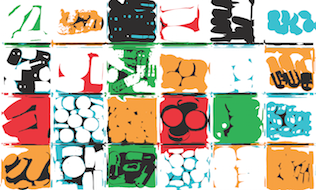

A universal pharmacare program could represent savings of $4.2 billion, according to a new report published by the parliamentary budget officer.
The report, which followed a request by the House of Commons’ standing committee on health, estimated the level of savings that would result from a national program covering drugs included on Quebec’s public formulary. Of the $28.5 billion in estimated pharmaceutical expenses for Canadians in 2015/16, $3.9 billion was for drugs that don’t meet Quebec’s requirements for coverage eligibility and, therefore, weren’t part of the cost estimate. The report considers the savings that could result from a national plan relative to a $24.6-billion total expenditure for the previous fiscal year.
Read: Push for national pharmacare program gathering steam
Stephen Frank, president and chief executive officer of the Canadian Life and Health Insurance Association, says the savings could also result from increased co-operation between private players and the government to negotiate lower drug prices. “I think the report’s helpful in the sense that it’s quantifying these things for the first time, and we’ve got some objective evidence behind what we’ve been saying for a while now: that private plans are generally much more generous than public,” he says. “So you’ve got to be sensitive to those that are going to be left behind if you move everyone onto a public formulary.”
The report “confirmed that the cost to the federal treasury of providing pharmacare is going to be in excess of $20 billion,” says Frank. He also points out that the $3.9 billion representing drugs that aren’t eligible for coverage under the current framework is a problematic gap. “Anyone on those drugs is going to have to figure out how to stay on those therapies. They’re going to have to fund them themselves or get some insurance coverage or hope their employer continues to offer benefits.”
Read: Employers face hard questions until national drug program becomes reality
Among the issues flagged in the report is the projected rise of drug costs in the future. The gross cost of national pharmacare in the 2020/21 fiscal year is an estimated $23.7 billion.
As to how the savings will come about, the report notes the government’s stronger negotiating position in setting drug prices. As well, the program would include the universal application of generic drug substitution requirements found in public coverage, as well as a $5 copayment for brand-name prescriptions.
The report noted, however, that increased consumption could offset some potential savings. And as the program would increase coverage, individuals previously without a plan would increase overall consumption.
Read: The impact of Ontario’s public drug program changes on private plans
